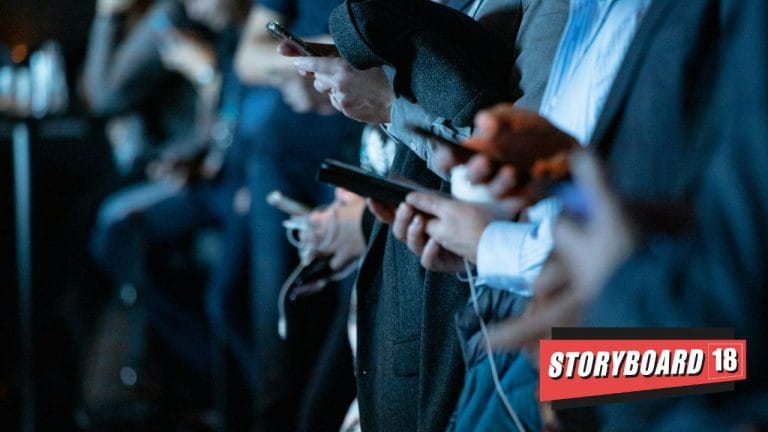LinkedIn’s Top Voice – a badge of honor or just a lure?

LinkedIn thrives on open dialogue, but accessibility can lead to oversaturation. Not all voices on the professional networking platform carry equal weight—some offer valuable industry insights, while others use the platform to spread personal beliefs disguised as professional statements. How can you sift through this information chaos and identify the credible opinion leaders?
To recognize experts, LinkedIn offers two “Top Voice” badges: Blue and Gold. The Blue badge identifies pre-vetted, top-level leaders across industries. The Gold badge recognizes community members who regularly contribute valuable insights to community articles related to specific skills. Earning either badge requires regular engagement and high-quality contributions that demonstrate expertise in a specific area.
LinkedIn told Storyboard18: “We determine the top 5 percent of contributors based on a number of factors, including quality, engagement, and quantity of contributions. High-quality contributions include personal examples, unique perspectives, and professional opinions, among others. You can earn awards for multiple skills. An award will be displayed on your profile. If you have multiple awards, you can choose which award is displayed. There is no limit to the number of skills you can earn an award for. Maintaining this award depends on the willingness of our members to continually share relevant and valuable insights.”
However, not everyone agrees with LinkedIn’s recipe for a Top Voice. LinkedIn’s Top Voice selection has its critics.
According to Rammohan Sundaram, President – Integrated Media at DDB Mudra Group, the LinkedIn game requires consistent performance, not real expertise.
He recently gave away his Top Brand Management Voice badge on LinkedIn after noticing several profiles adorned with similar badges. In a LinkedIn post, Sundaram shared how he realized the system was gaming engagement by playing on people’s need for validation.
LinkedIn cleverly addressed human needs, but it didn’t fit his goals. Three months went by without Sundaram posting on LinkedIn, and then the badge was suddenly gone. This disappearance confirmed his suspicions: keeping the badge seemed to require a certain posting frequency, even if the topics themselves didn’t appeal to him.
src=”https://www.linkedin.com/embed/feed/update/urn:li:share:7200018164422746112″ height=”811″ width=”504″ frameborder=”0″ allowfullscreen=”” title=”Embedded post”>
Then there’s Shitiz Dogra, Associate Director, Digital Marketing at Indigo, who points out that a wave of plagiarism, which some have dubbed “CVWS” (Ctrl V Without Shame), is sweeping LinkedIn. This practice involves copying and pasting content from other sources without attribution. While plagiarism is nothing new on the internet, the current trend seems to be affecting even established influencers with large followings (over 50,000). “Many users are reporting instances of their content being repurposed without attribution, with some having this happen up to four times in the last month,” he explains in a LinkedIn post.
According to Dogra, attempts to confront these plagiarists often go unanswered, indicating a lack of accountability. Dogra points out that while engagement is important, it should not come at the expense of ethical behavior. The original creators of the content should be properly credited.
src=”https://www.linkedin.com/embed/feed/update/urn:li:share:7209244183650271232″ height=”955″ width=”504″ frameborder=”0″ allowfullscreen=”” title=”Embedded post”>
LinkedIn clarified to Storyboard18: “Over the past 10 years, LinkedIn has become a living body of knowledge that anyone can contribute to and benefit from. It’s a place where anyone can share their expertise and build a meaningful community. When our members talk, exchange ideas, and share insights, more people around the world can seize opportunities.”
The platform added: “Platform members have the opportunity to receive one of two versions of Top Voices badges for their profile, either as part of the LinkedIn Top Voices (blue badge) or Community Top Voice (gold badge) programs. The Community Top Voices program is separate from the Top Voices program, which is invitation-only and has different criteria.”
The blue LinkedIn Top Voice badge is available “by invitation only” and includes a global group of senior experts and leaders who cover a range of topics from the professional world and help members discover valuable knowledge relevant to them. These individuals are not only trusted and active, but are also among the most influential voices in their fields. They are regularly reviewed to ensure they continue to meet the high standards that align with the interests of our members, LinkedIn explains.
According to LinkedIn, “The Community Top Voice gold badge recognizes notable contributors who share their expertise and experience in one or more specific skills through contributions to community articles (e.g. Top Sales Voice). You can earn a Community Top Voice badge when members view you as one of the most notable contributors to community articles related to a specific skill. To earn a badge, you typically need to be in the top 5 percent of contributors and among the first 2,500 badge holders for a specific skill.”


.png)
